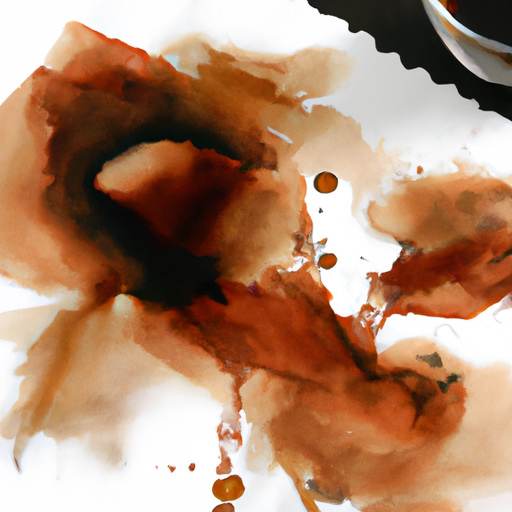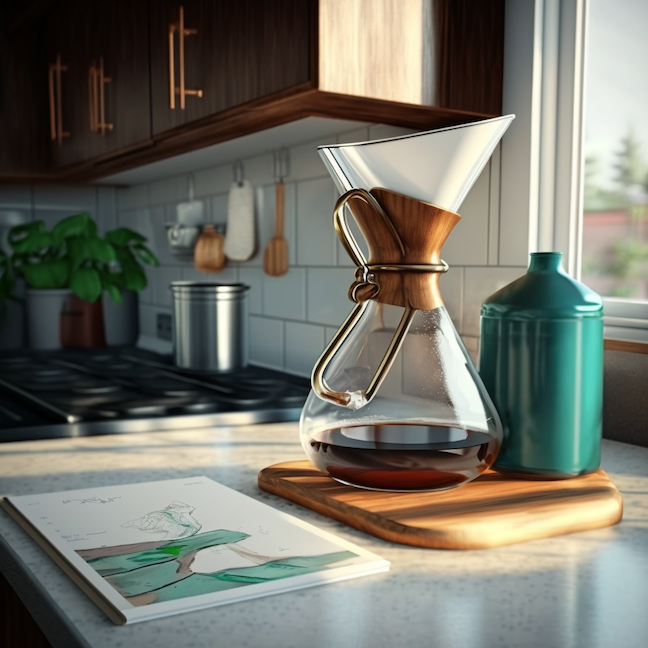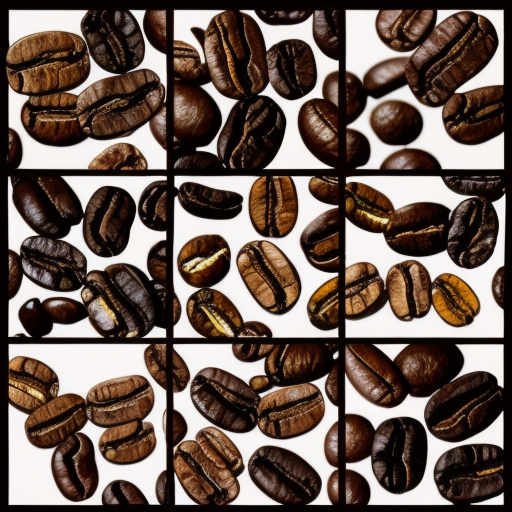Coffee is a versatile drink that can be used for more than just giving you a caffeine buzz. It can also be used to create stunning coffee art pieces! In this blog post, we will explore the different ways coffee can be used to make art and share some tips and tricks to help you create your own coffee masterpiece.
Coffee Paintings
One of the most popular ways to use coffee as an art medium is by using it to paint. The color variation of coffee can create a unique and interesting effect on a canvas. To create a coffee painting, you will need to use instant coffee as it has a high pigment content. Simply mix the coffee with water to the desired shade and use it as you would with regular paint. Experiment with different concentrations of coffee to create different shades and textures.
Coffee Stain Art
Coffee stains can also be used to create intricate and detailed art. All you need is a piece of paper, a cup of coffee, and a brush. Dip your brush into the coffee and drop it onto a piece of paper, letting the coffee stain spread naturally. You can add more coffee to create darker shades, and use a straw or air blower to create different patterns. Once the coffee has dried, you can use a pen or marker to add details and bring your masterpiece to life.
Coffee Sculptures
Yes, you read that right – you can use coffee to create sculptures! This technique involves mixing coffee grounds with a small amount of water to create a molding material. The mixture will be similar to clay and can be molded into different shapes and forms. Once your sculpture is complete, let it dry for a few days before painting it with coffee to give it a finishing touch.
Coffee Photography
Coffee can also be used to create unique and interesting photographs. By pouring coffee over a white surface and photographing it, you can create beautiful and atmospheric images that appear like abstract paintings. You can experiment with different types of coffee, shapes, and surfaces to create different effects.
Coffee Calligraphy
Finally, coffee can also be used to create stunning calligraphy pieces. Simply mix some coffee with water and use it as ink with a calligraphy pen. The result will be a beautiful sepia tone that is sure to impress. Experiment with different font styles and sizes to create unique pieces.
As you can see, there are many ways that coffee can be used to create amazing art pieces. From paintings to sculptures, coffee can be a versatile medium that allows you to unleash your creativity. So why not grab a cup of coffee and start experimenting with your own coffee art masterpiece today? Who knows, you might just discover a newfound passion for creating beautiful art pieces.
Please note that if you purchase from clicking on the link, some will result in my getting a tiny bit of that sale to help keep this site going.




